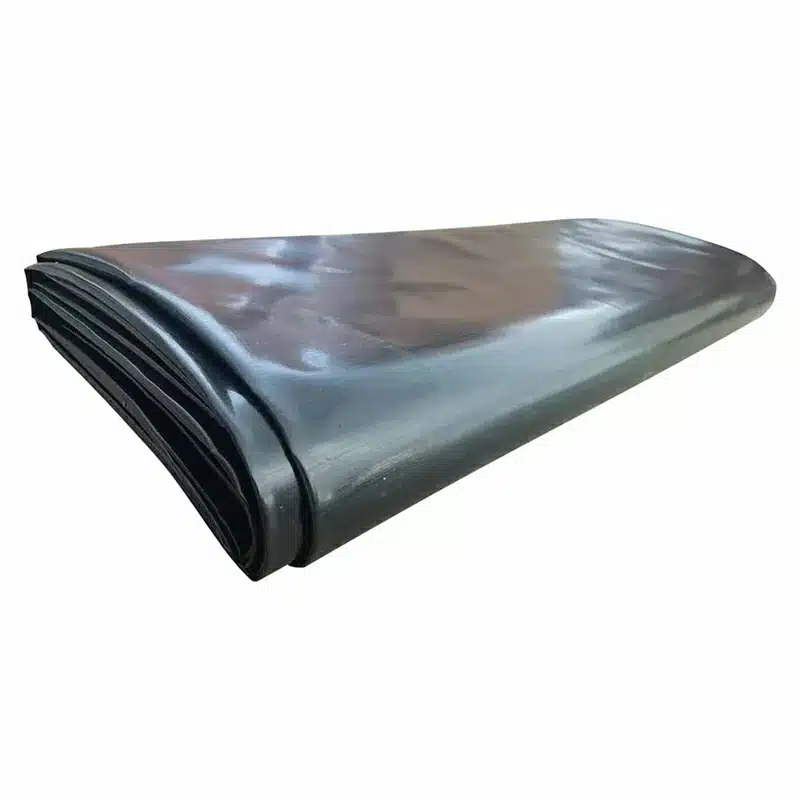Case Analysis: The Role of Reinforced Geomembrane in Modern Geosynthetics Applications
In the world of geosynthetics, reinforced geomembrane plays a crucial role in enhancing the performance and durability of engineering projects, especially in environmental and infrastructure applications. These innovative materials are used to provide effective barriers against contamination, prevent leaks, and support various structural systems. In this case analysis, we will explore real-life applications of reinforced geomembrane in both industrial and environmental settings.

Waste Management and Landfill Liners
One of the most common uses of reinforced geomembrane is in landfill applications, where it serves as a primary liner system. A notable example comes from a large-scale landfill in California, which used reinforced geomembrane liners to contain leachate and prevent contamination of nearby groundwater. The project faced significant environmental concerns due to the proximity of sensitive ecosystems. By integrating reinforced geomembrane, the landfill successfully created a barrier that provided long-term durability and resistance to punctures, ensuring that waste materials would not leak into the surrounding environment.

Mining and Tailings Storage
Another significant application is in the mining industry, particularly in the storage of tailings. In a mining project in Chile, reinforced geomembrane was employed to line a tailings pond used for waste disposal. The project required materials that could withstand harsh chemical exposure and fluctuating temperatures. The reinforced geomembrane was selected due to its superior strength and resistance to chemicals, allowing for the safe containment of hazardous materials and minimizing the environmental impact on nearby communities and wildlife.
Hydraulic and Irrigation Systems
In irrigation and hydraulic systems, the use of reinforced geomembrane has proven to be effective in improving water retention and reducing seepage. A recent project in Saudi Arabia involved using reinforced geomembrane to line a large water reservoir designed to capture and store rainwater in arid regions. The material’s flexibility and strength ensured that it could withstand both the environmental extremes of the region and the heavy pressure from stored water, ensuring the system’s reliability over many years.
From waste management to mining and hydraulic systems, the applications of reinforced geomembrane are vast and varied. As demonstrated by these case studies, this geosynthetic material continues to offer durable, cost-effective solutions for some of the most challenging engineering projects. The increasing use of reinforced geomembrane is a testament to its essential role in safeguarding the environment and improving the efficiency of large-scale infrastructure projects.



Comments
Post a Comment